The CBSE Class 10 Maths (Standard) Sample Paper 2023-24 is more than just a practice test. It's a blueprint for success, providing valuable insights into the exam format, marking scheme, and types of questions you can expect. By understanding its structure and utilizing the preparation tips, you can navigate the exam with confidence and achieve your desired score.
Why practice this Class 10 Maths Sample Paper?
1. Exam Pattern and Marking Scheme:
- The sample paper mirrors the actual exam format in terms of question types, sections, and point allocation. This familiarity reduces anxiety and allows you to strategize your time management effectively.
- You get a clear understanding of the marking scheme, helping you focus on high-scoring areas and avoid wasting time on unnecessary details.
2. Understanding the Concepts:
- The sample paper challenges you with a variety of questions that test your conceptual understanding across all chapters.
- Solving these problems helps you identify your strengths and weaknesses, allowing you to prioritize your revision and fill in any knowledge gaps.
3. Confidence Booster:
- Practicing with the sample paper builds confidence in your problem-solving abilities.
- You get a realistic feel for the difficulty level of the actual exam, reducing pre-exam jitters and enhancing your mental preparedness.
Remember: The sample paper is not just about getting the answers right. It's about the learning process itself. Analyze your mistakes, understand the thought process behind the solutions, and don't hesitate to seek help if you get stuck.
You can download the PDF of the sample paper and its solutions of class 10 maths 2023-24 and take a print of it and practice the questions. The direct link to download the PDF is given below in this article.
Structure of CBSE Class 10 Maths (Standard) Sample Paper 2023-24
The paper is divided into five sections (A-E), each with specific question types and marking schemes:
- Section A (20 marks): This section comprises 20 objective-type questions (multiple choice, true/false, and assertion-reasoning) with each carrying 1 mark.
- Section B (10 marks): This section consists of five short-answer questions (SAQs) carrying 2 marks each.
- Section C (18 marks): This section contains six short-answer/case-study based questions (SAQs/VSAQs) with each carrying 3 marks.
- Section D (20 marks): This section involves four long-answer questions (LAQs) with each carrying 5 marks.
- Section E (12 marks): This section presents three long-answer/problem-solving questions (LAQs/PSQs) with each carrying 4 marks.
Marking Scheme
- Step-wise marking: The CBSE emphasizes awarding marks for each correct step in solving problems, even if the final answer is incorrect. This encourages a deeper understanding of concepts.
- Deduction for errors: There are deductions for careless mistakes, such as calculation errors or incorrect units. This promotes accuracy and attention to detail.
Question Types
The sample paper covers a wide range of question types, testing various cognitive skills:
- Knowledge: Questions that assess basic recall and understanding of concepts.
- Comprehension: Questions that require interpreting and applying knowledge in different contexts.
- Application: Questions that involve using knowledge and skills to solve problems in real-world scenarios.
- Analysis: Questions that demand higher-order thinking skills like evaluating and breaking down complex concepts.
- Synthesis: Questions that encourage creative problem-solving and applying knowledge to new situations.
Changes from Previous Years
- Increased emphasis on application-based questions: The sample paper features more questions that require applying learned concepts to solve real-world problems.
- Focus on reasoning and critical thinking: There's a greater emphasis on questions that test reasoning skills and the ability to analyze information critically.
- Balanced difficulty level: The paper maintains a balance between easy, moderate, and challenging questions, catering to students with different learning styles and abilities.
Preparation Tips
- Thorough understanding of concepts: Don't just memorize formulas; focus on building a strong foundation in core concepts.
- Practice with diverse question types: Familiarize yourself with various question formats and test your skills across different cognitive levels. For this solve NCERT (including examples) and NCERT Exemplar.
- Time management: Develop an effective strategy to allocate time efficiently across sections and question types. This will be improved by solving multiple sample papers of mathematics.
- Accuracy and attention to detail: Minimize careless mistakes and practice presenting solutions neatly and systematically.
- Regular revision: Revise key concepts and practice questions regularly to reinforce your learning and boost confidence. (Remember: Practice 1 question 10 times rather than 10 questions 1 time)
| Also See: |
| 🎯 Class 10 Maths Topper's Answer Sheet (2023) ✨ |
| Class 10 Maths Additional Practice Paper with Solutions 2023-24 |
| Class 10 Maths Additional Sample Paper with Solution 2023-24 |
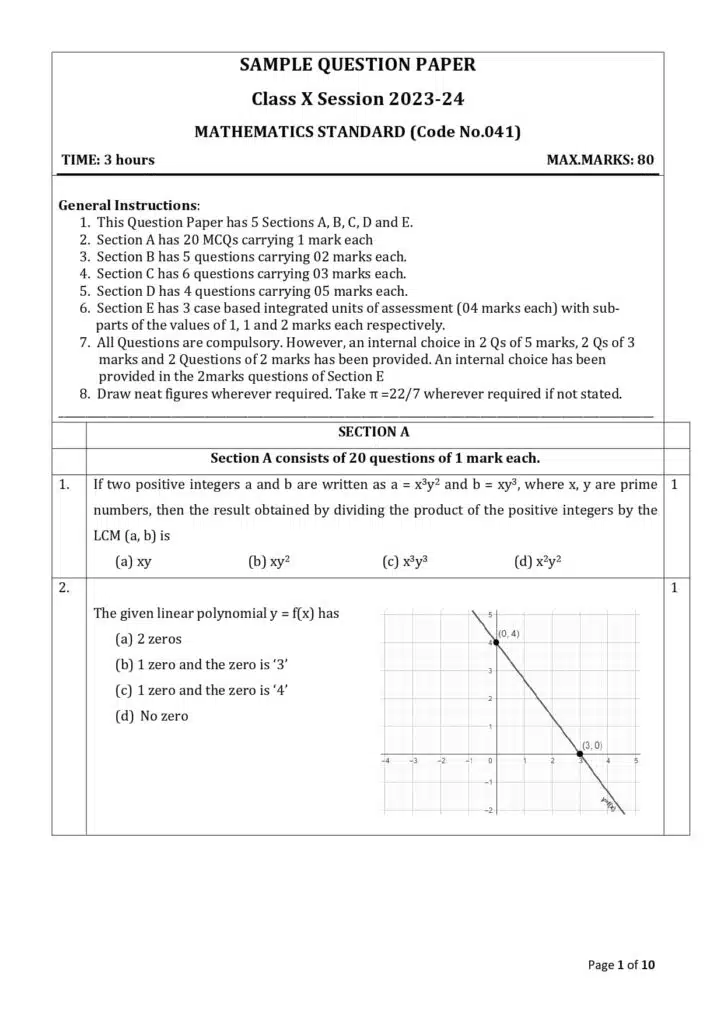
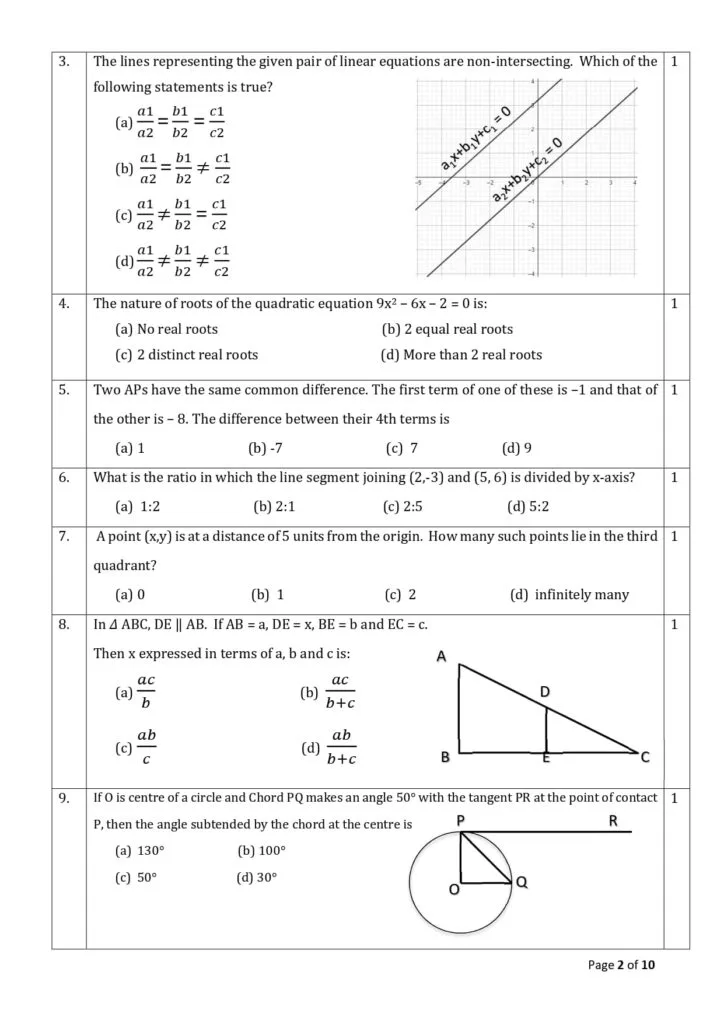
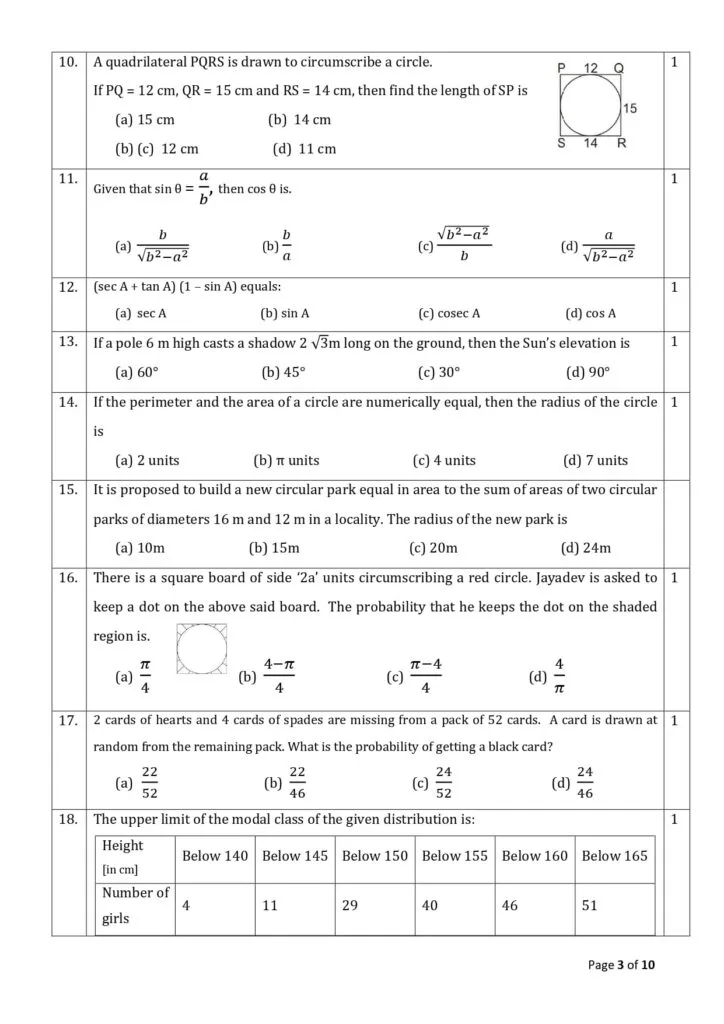
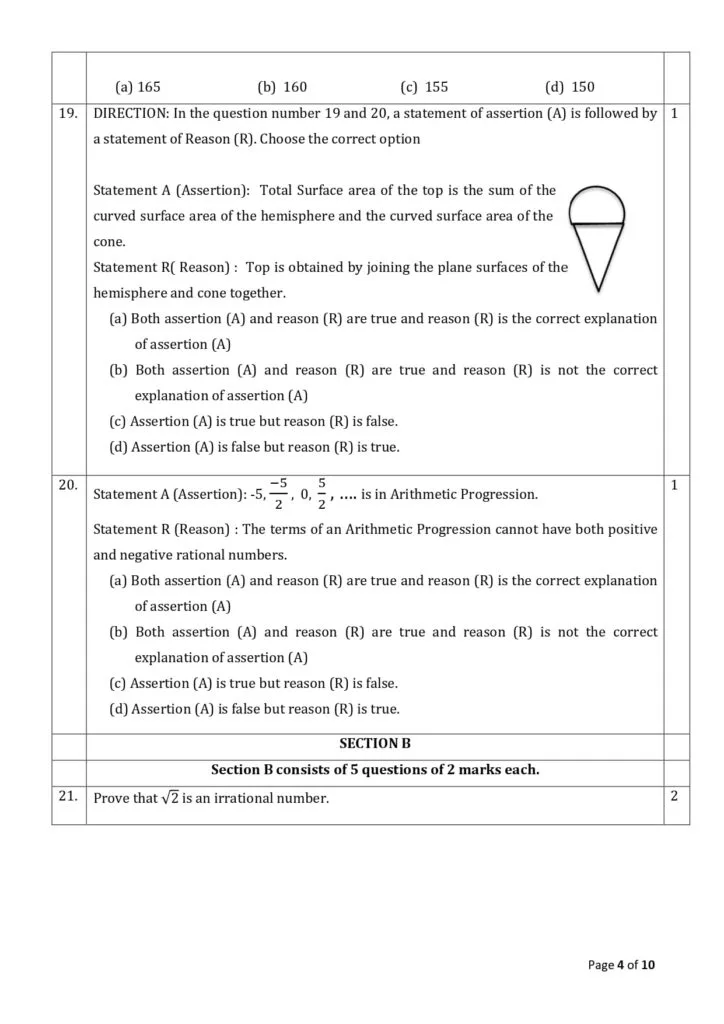
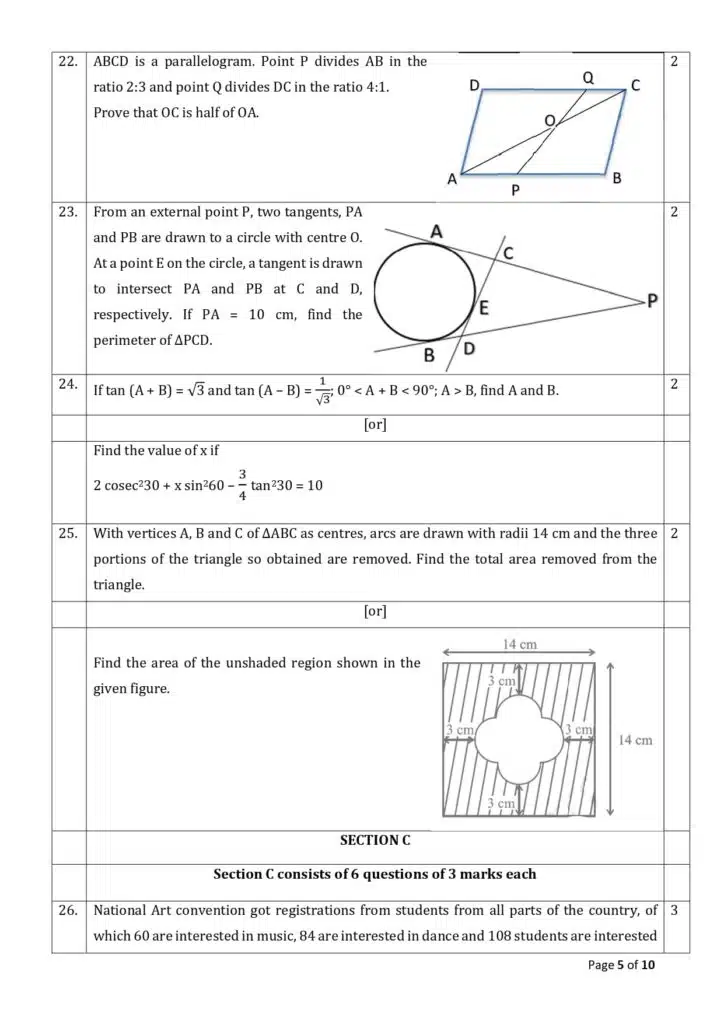
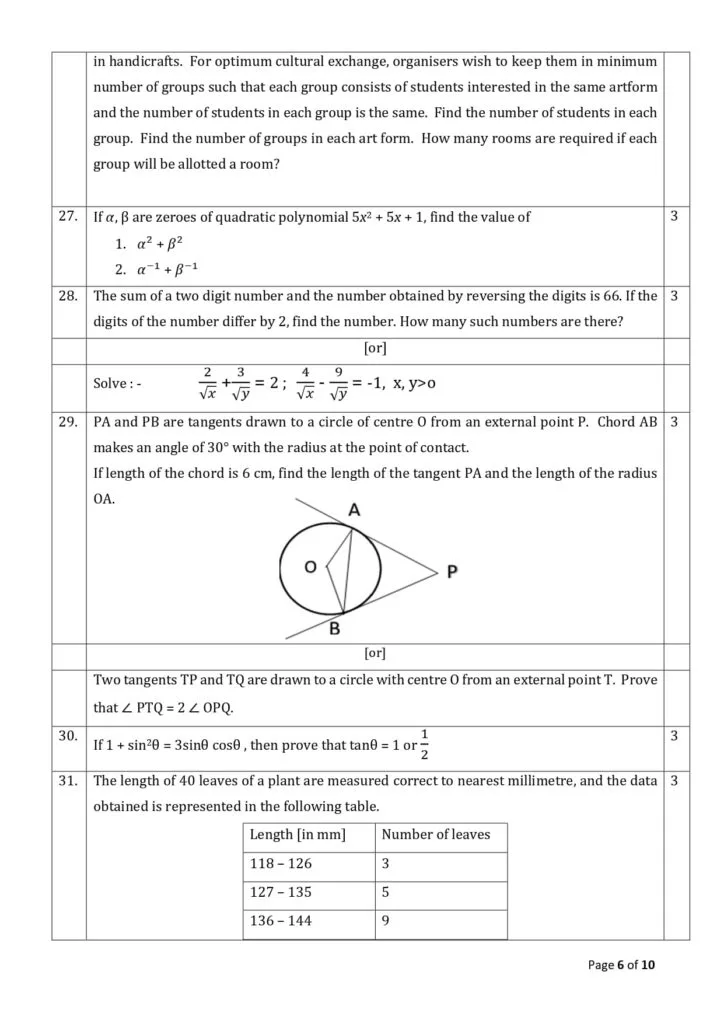
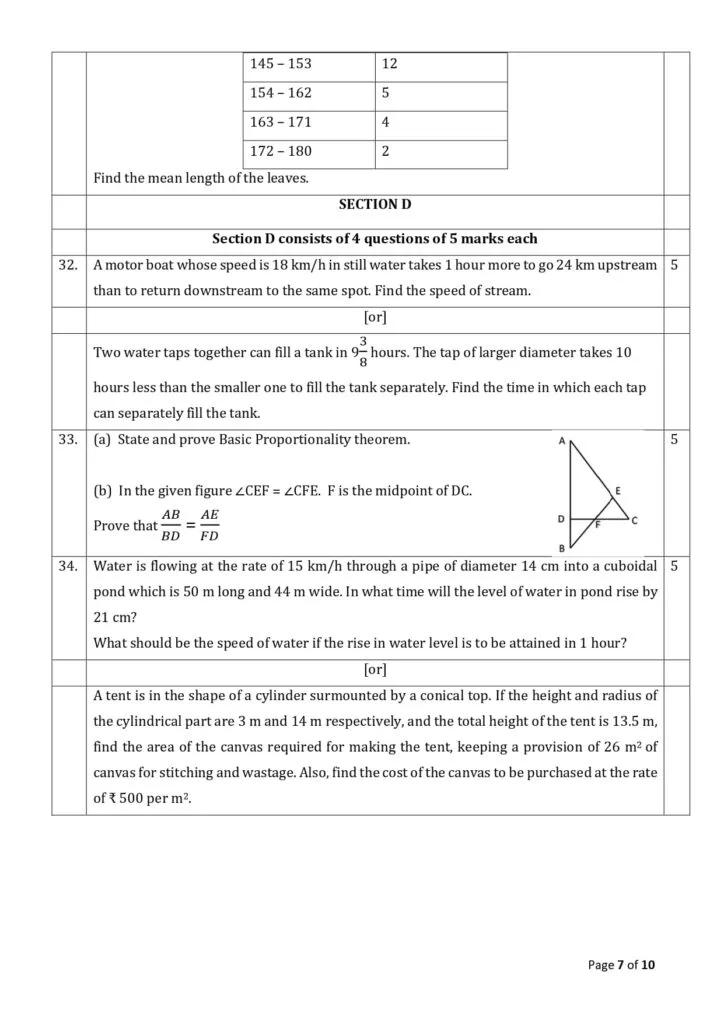
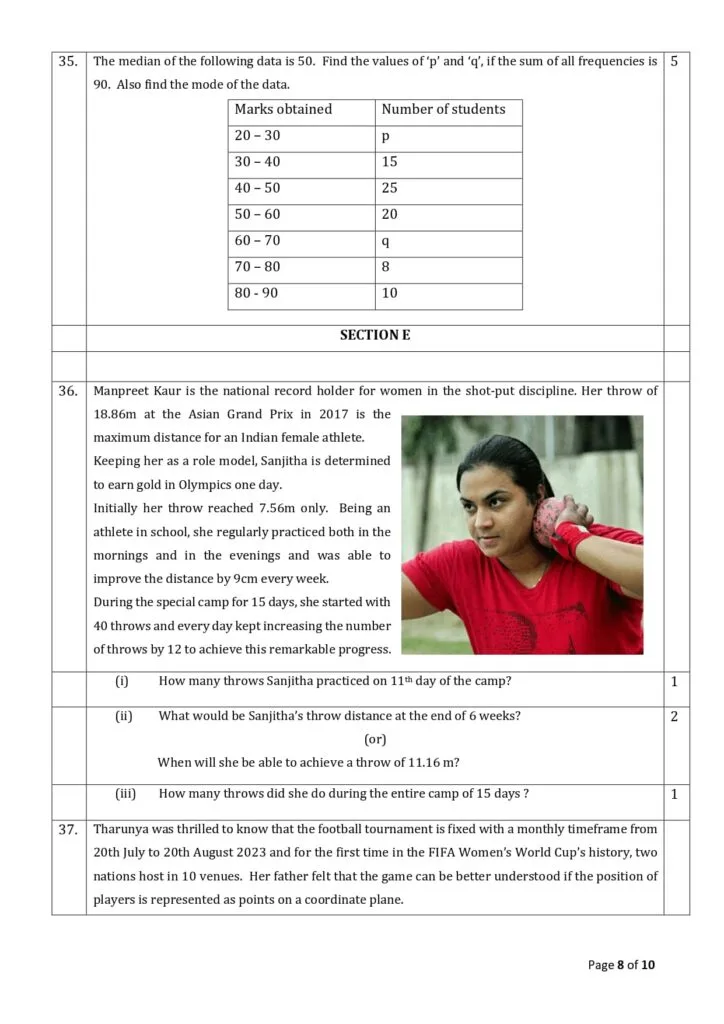
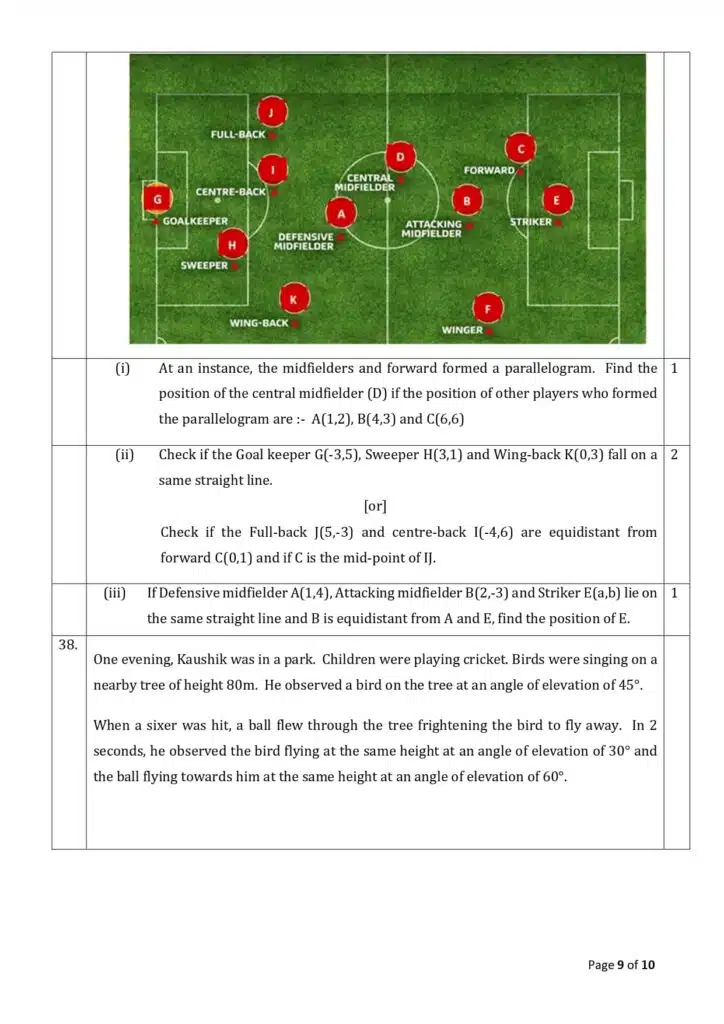
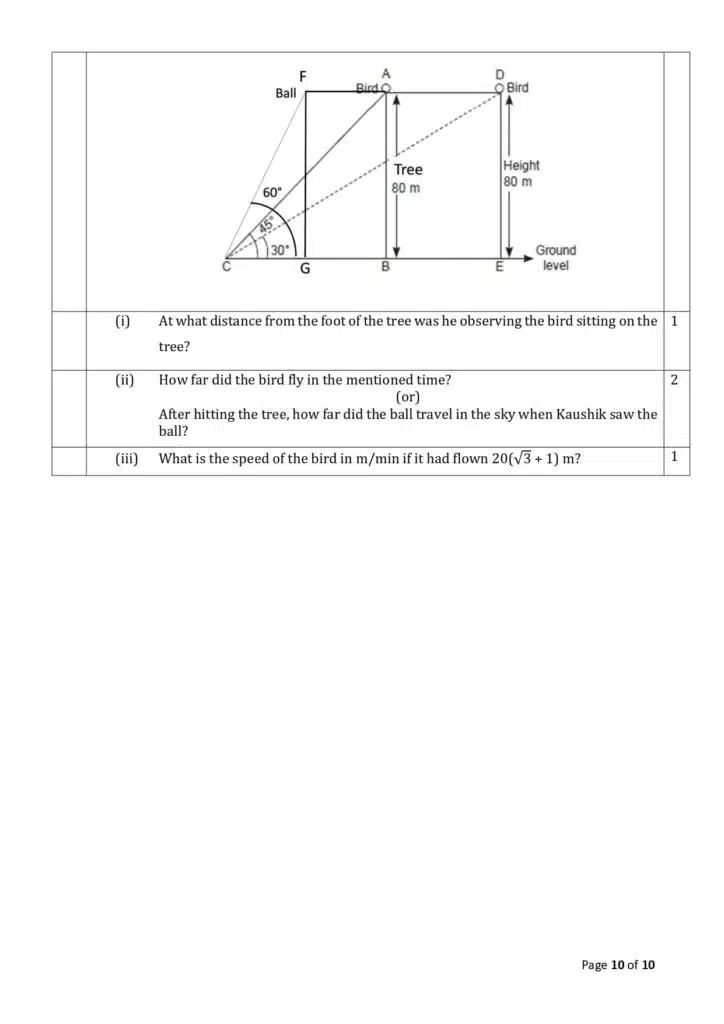
CBSE Class 10 Maths (Standard) Sample Paper 2023-24 Solutions
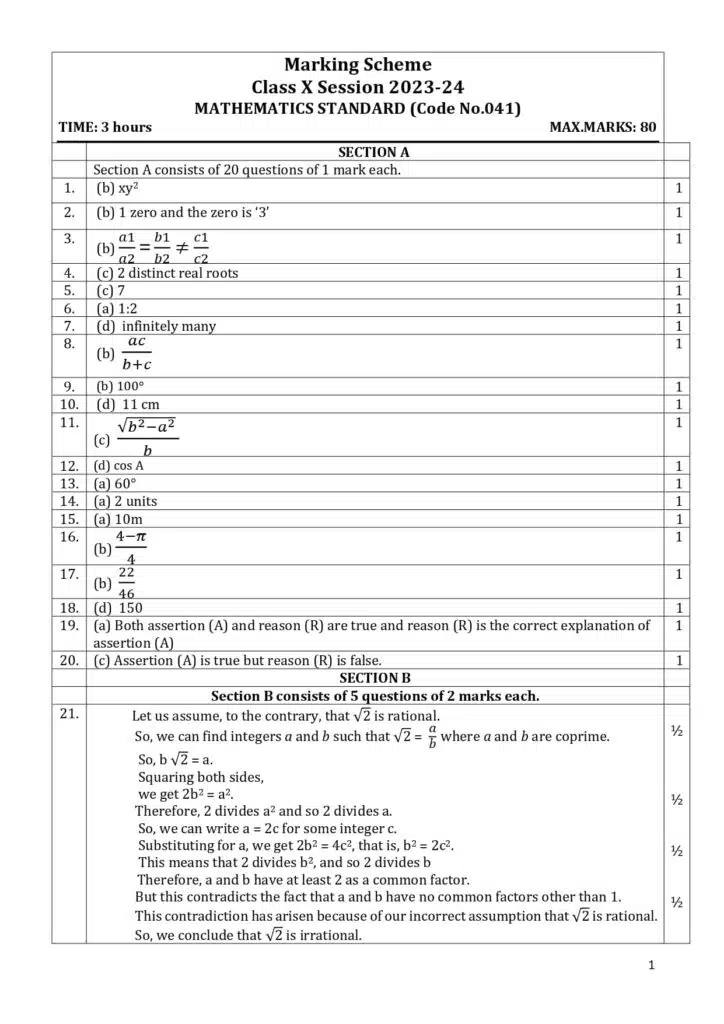
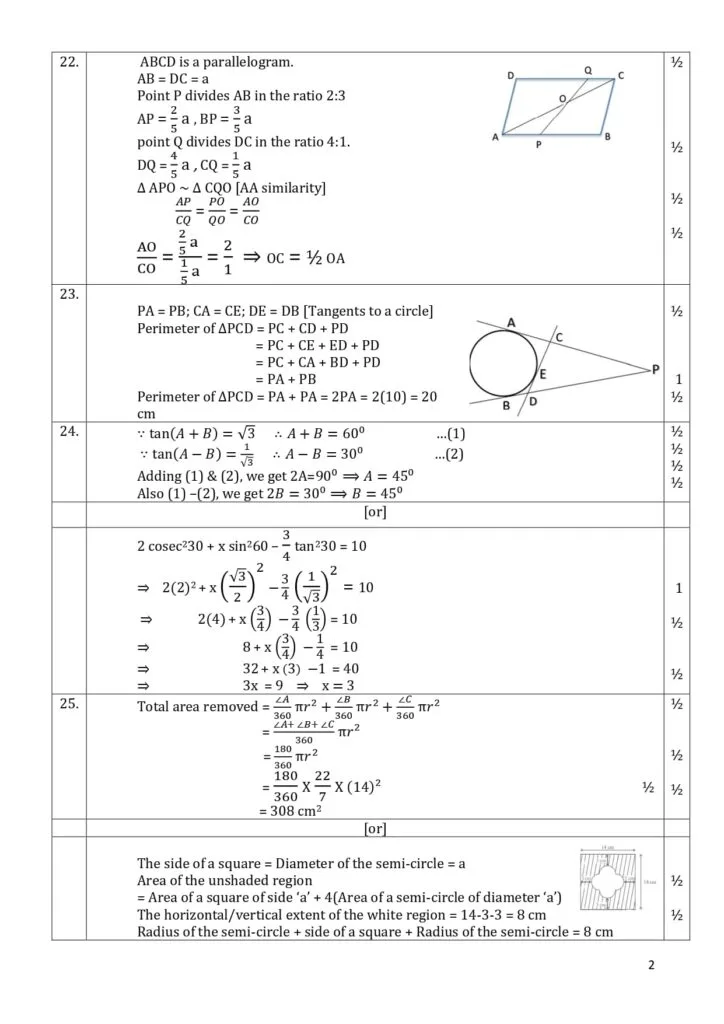
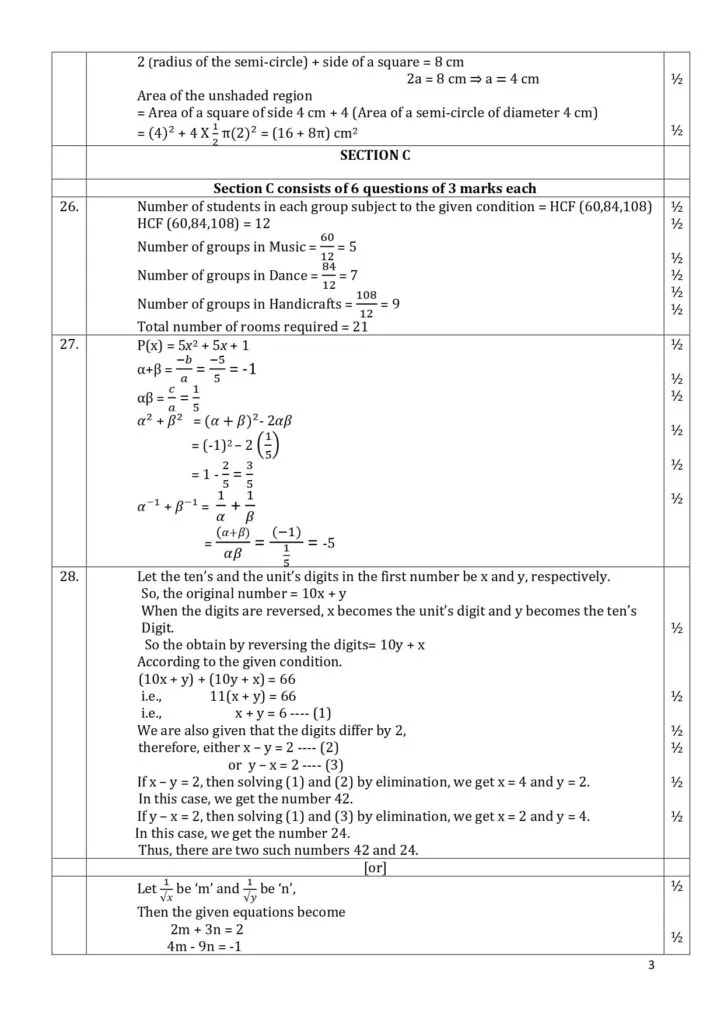
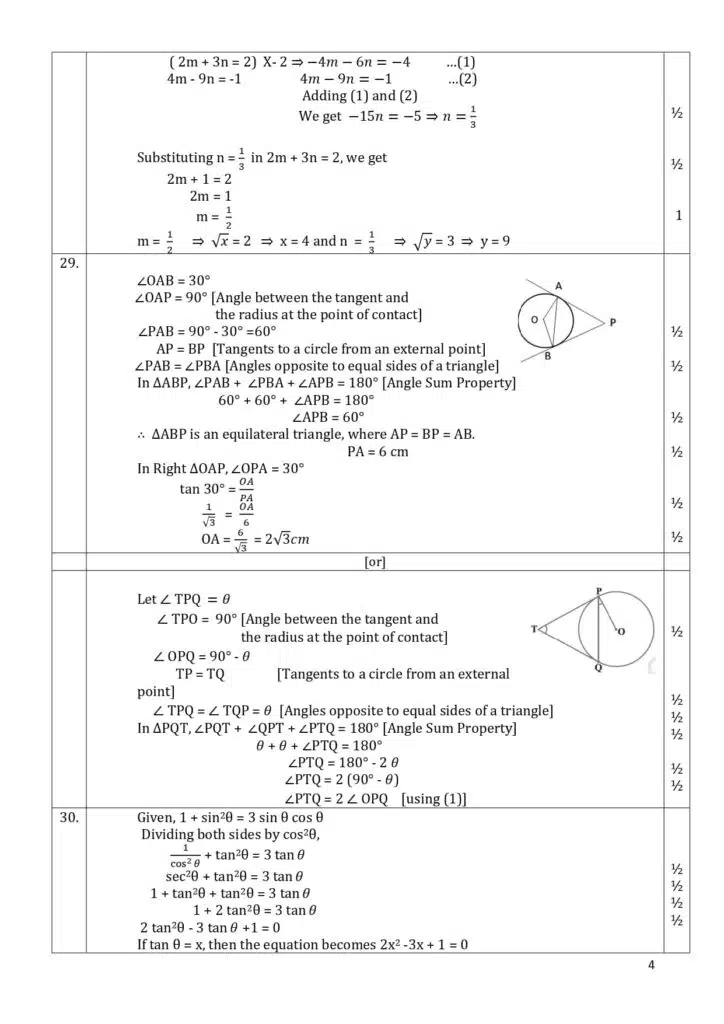
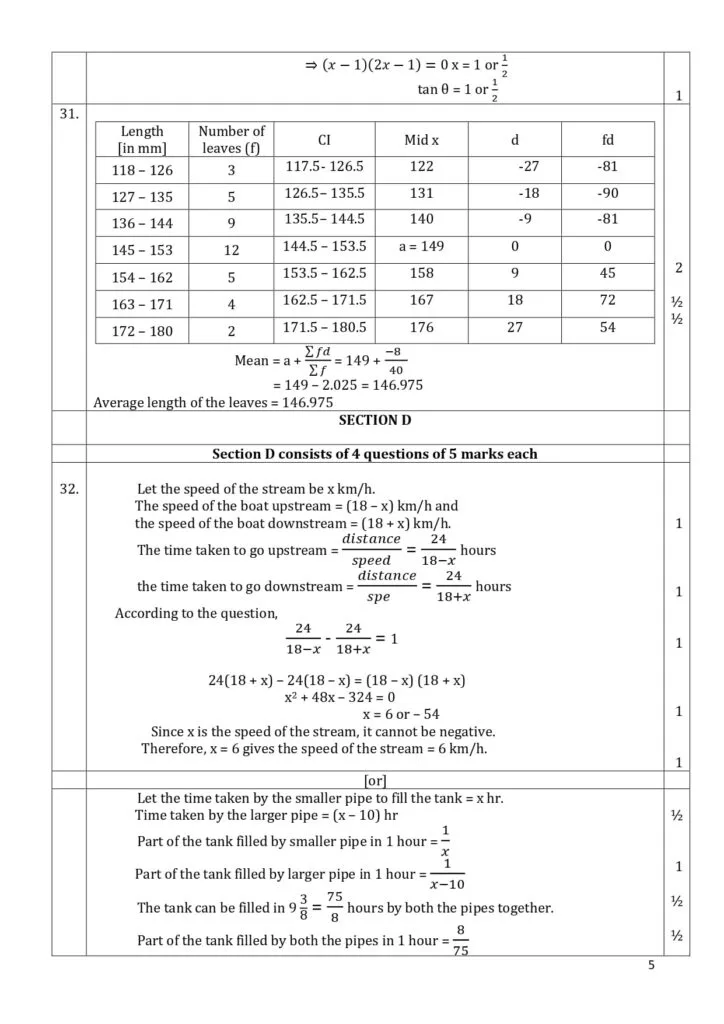
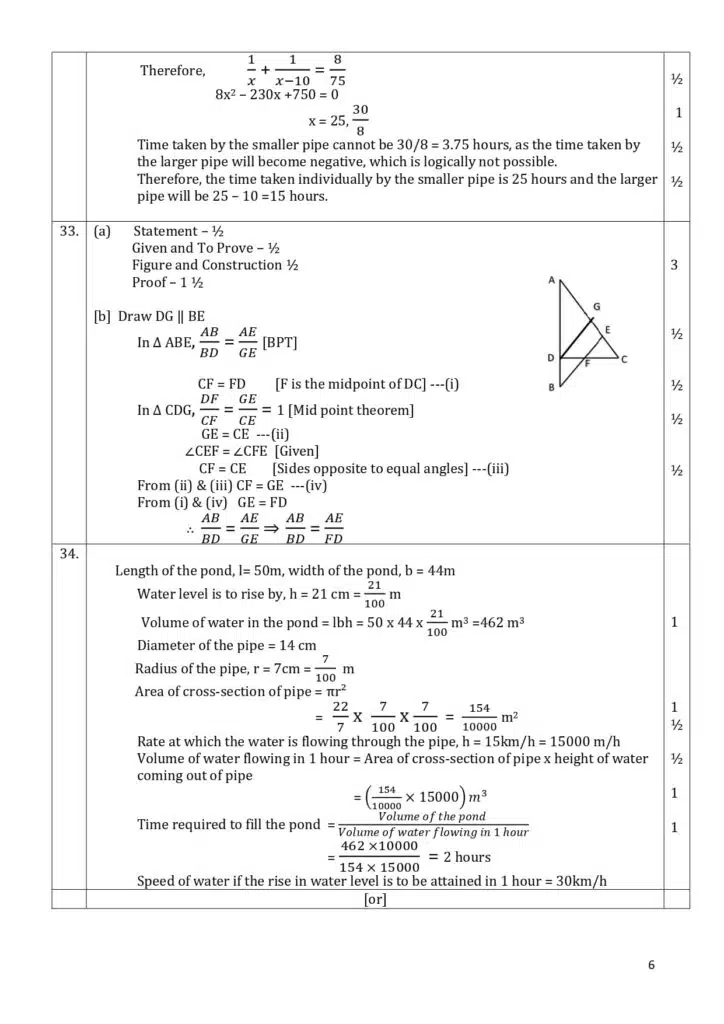
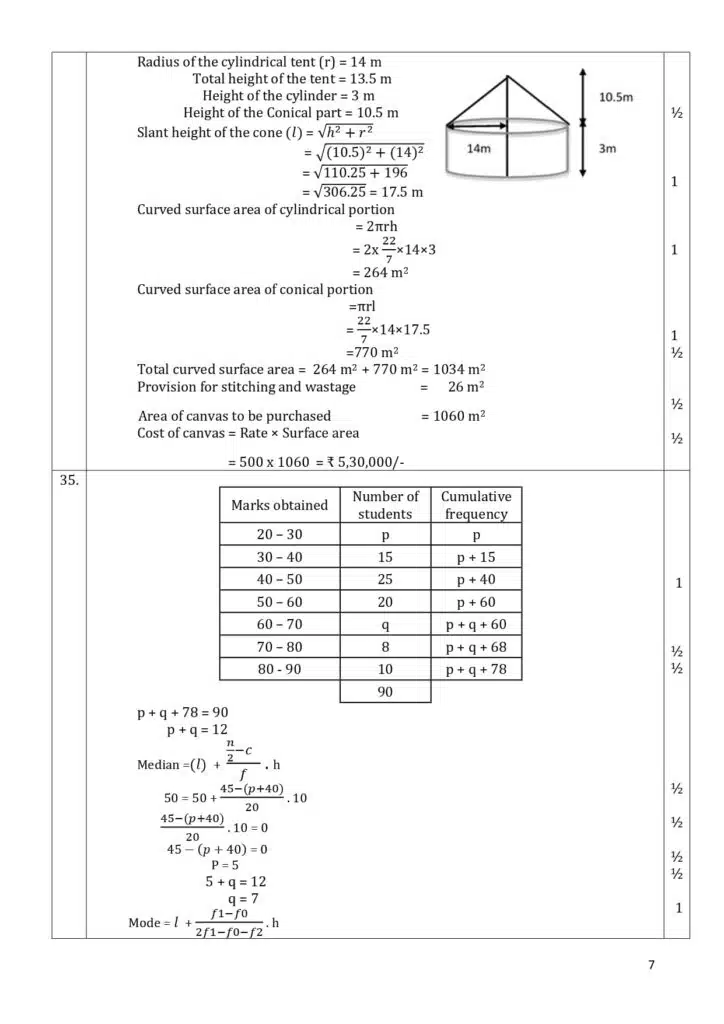
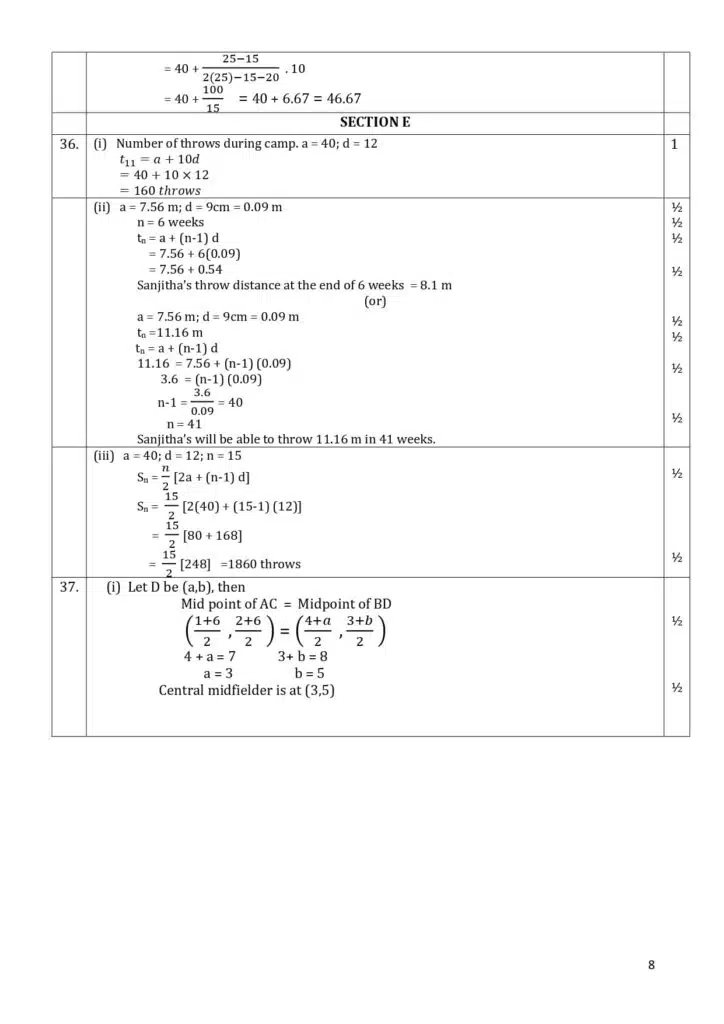
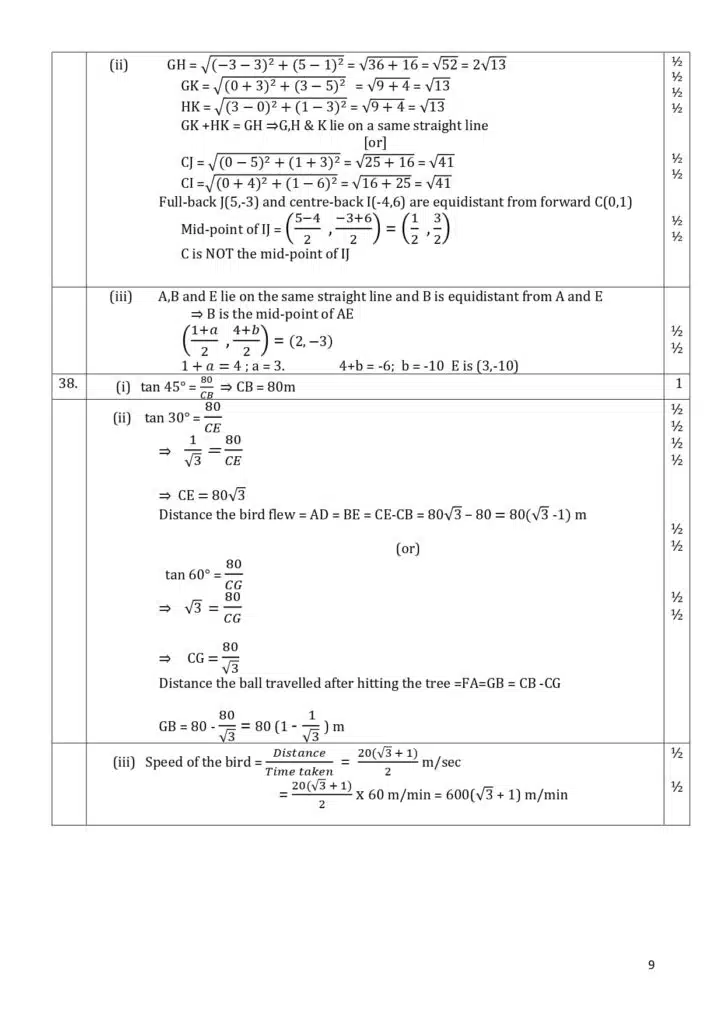
Download PDF of the Class 10 Maths Sample Question Paper 2023-24: Download Now
Download PDF of the Class 10 Maths Sample Paper Solutions 2023-24: Download Now
Bonus Tip: Don't limit yourself to just the official sample paper. Explore other practice papers, previous years' question papers, and online resources to further solidify your understanding and test your skills in diverse scenarios.
Where can I download the latest CBSE Class 10 Maths Sample Paper 2023-24?
You can download the latest CBSE Class 10 Maths Sample Paper 2023-24 from the official CBSE website or from the link provided in above in the blog.
Mujhe previous year ka math sare question chaiye
Mujhe previous year ka math sare question chaiye
Yes please